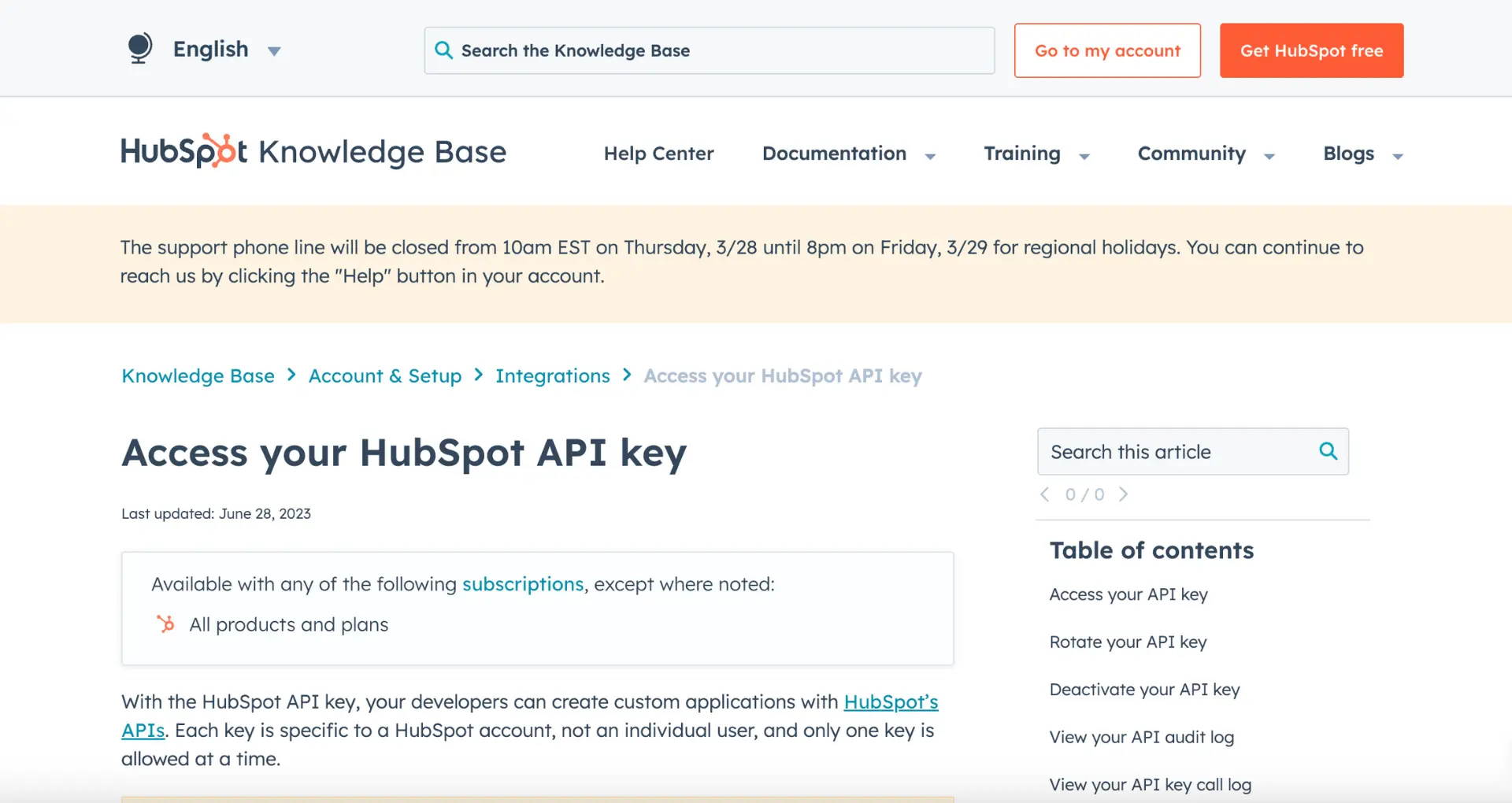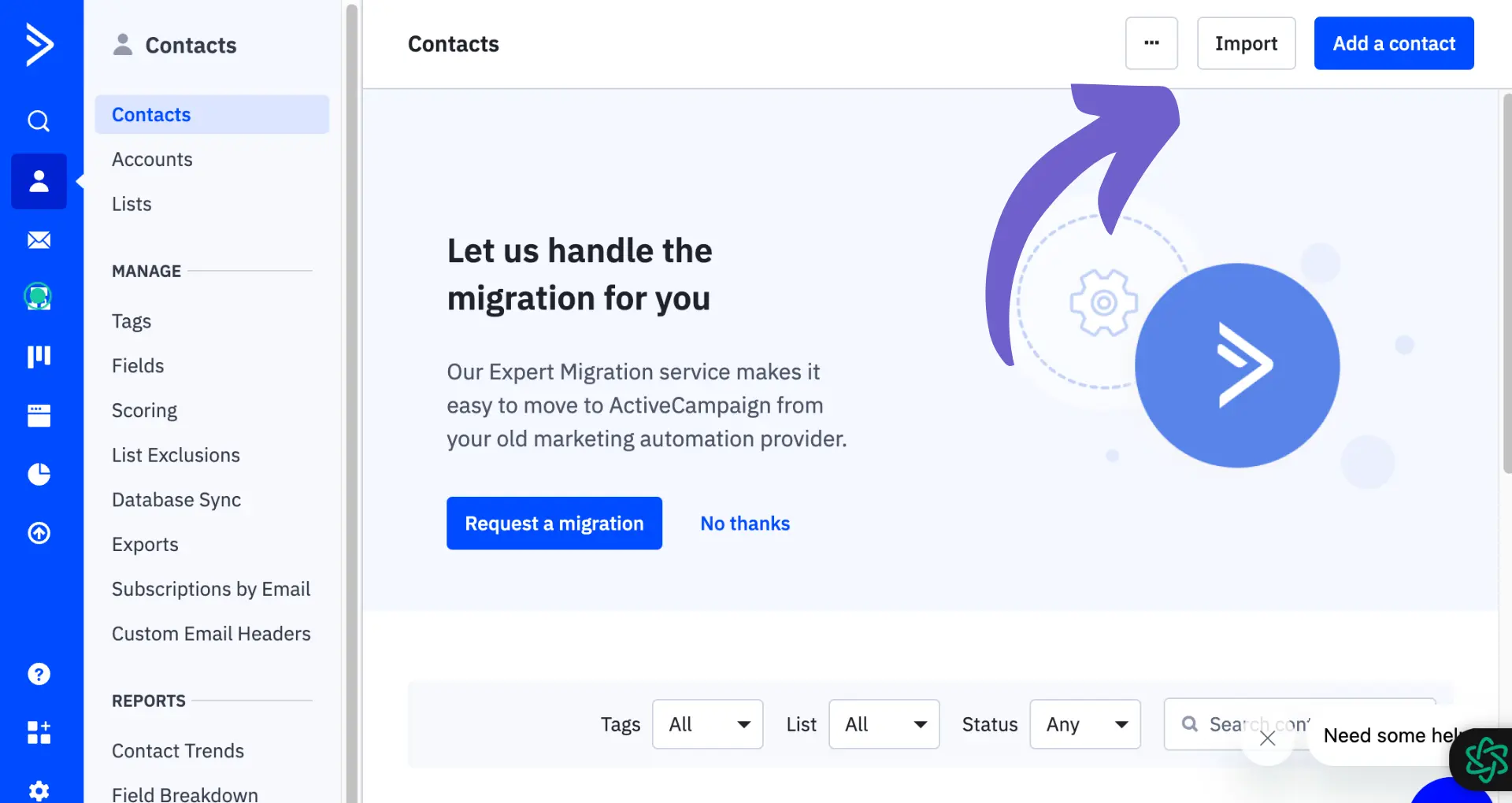Customizing forms in HubSpot is crucial to capture the specific data your business needs. HubSpot provides a flexible form builder that allows you to easily add new fields to existing forms or create custom fields from scratch. In this step-by-step guide, we'll walk you through the process of adding new fields to your company's HubSpot forms.
Introduction to Customizing HubSpot Forms
Customizing your HubSpot forms is essential to capture the specific information your business needs from leads and customers. By tailoring your forms to fit your unique requirements, you can:
- Gather relevant data for effective lead nurturing and segmentation
- Improve user experience by asking only pertinent questions
- Increase form completion rates by keeping forms concise and targeted
HubSpot offers a highly flexible form builder that allows you to easily customize your forms to align with your business goals. With the ability to add, remove, and rearrange fields, you can build a prospect list that is perfectly suited to your target audience and marketing objectives.
One of the key features of HubSpot's form builder is the ability to add new fields to your existing forms. This enables you to collect additional information from your leads as your business evolves and your data requirements change. By adding new fields, you can gather valuable insights that help you better understand your audience and tailor your marketing efforts accordingly.
Accessing Form Editor in HubSpot
To access the Form Editor in HubSpot and start customizing your forms, follow these steps:
- Log in to your HubSpot account and navigate to the Marketing tab in the main dashboard.
- In the Marketing tab, click on the Forms option in the left sidebar menu.
- On the Forms page, you'll see a list of your existing forms. To edit a form, simply click on its name.
- To create a new form, click the "Create form" button in the upper right corner of the page.
It's important to note that user permissions and automation play a role in accessing and editing forms within HubSpot. To access the Form Editor and make changes to your forms, you'll need to have the appropriate user permissions set up in your HubSpot account.
Save time with Bardeen by automating repetitive tasks. Use Google Docs integration to collaborate and streamline your forms.
If you don't see the Forms option in your Marketing tab or are unable to edit existing forms, check with your account administrator to ensure you have the necessary permissions. They can grant you access to the Form Editor and other relevant tools based on your role and responsibilities within the organization.
Adding New Fields to Existing Forms
Once you've accessed the Form Editor, you can easily add new fields to your existing forms to capture additional information from your leads. Here's how to do it:
- In the Form Editor, click on the "Add field" button located in the left sidebar.
- A dropdown menu will appear, displaying various field types such as Single-line text, Dropdown select, Checkbox, and more. Select the appropriate field type for the data you want to collect.
- After selecting the field type, configure the field's properties in the right sidebar. This includes setting the field label, help text, default value, and whether the field is required.
- If you chose a field type like Dropdown select or Checkbox, you'll need to define the options available for users to select. Enter each option in the "Options" section of the field properties.
- Once you've configured the field properties, click and drag the field from the left sidebar into the desired position within your form layout. HubSpot's drag-and-drop interface makes it easy to place fields exactly where you want them.
- Repeat the process to add more fields as needed. You can add multiple fields of the same type or mix and match different field types to create a comprehensive form.
By using the drag-and-drop feature, you can quickly experiment with different form layouts and field combinations to optimize your lead generation efforts. Learn about data enrichment to enhance your forms further. Remember to strike a balance between collecting important data and keeping your forms concise to maximize conversion rates.
Creating Custom Field Options
When adding new fields to your HubSpot forms, you may need to create custom options for certain field types, such as dropdowns, checkboxes, and date pickers. Here's how to set up these field-specific options:
- While creating or editing a field, select the appropriate field type from the dropdown menu (e.g., Dropdown select, Checkbox, Date picker).
- For dropdown and checkbox fields, enter the labels for each option you want to include. HubSpot will automatically generate the corresponding internal values based on the labels you provide.
- If you want to load multiple options at once, click "Load options..." and choose from a default set of options, paste text to create options in bulk, or copy options from an existing property.
- To reorder the options, click and drag the "dragHandle" icon or use the "Sort" dropdown to arrange them alphabetically or in a custom order.
- If needed, you can hide specific options from appearing in your HubSpot forms by selecting the checkboxes next to the options and clicking "Hide in forms."
In addition to creating custom field options, you can configure default values and make fields mandatory:
- Default values: Set a pre-selected value for dropdown fields or a default date for date picker fields. This can help guide users and ensure consistent data entry.
- Mandatory fields: Toggle the "Required" switch to make a field mandatory. Users will not be able to submit the form without providing a value for these fields, ensuring you capture essential information.
By creating custom field options and configuring default values and mandatory fields, you can tailor your HubSpot forms to fit your unique business requirements and improve the quality of data collected. For more tips on sales success, check out this guide on lead enrichment.
Save time on repetitive tasks while improving your workflow. Learn how to automate sales prospecting with ease using Bardeen.
Utilizing HubSpot's Field Types Effectively
HubSpot offers a variety of field types to help you capture and store data efficiently. Here are some of the most commonly used field types and best practices for utilizing them:
- Single-line text: Use this field type for short, open-ended responses like names, titles, or brief descriptions. It's ideal for collecting information that doesn't require formatting or multiple lines.
- Multi-line text: This field type is best for longer, open-ended responses such as comments, feedback, or detailed descriptions. It allows users to enter multiple lines of text without formatting.
- Dropdown select: Use dropdown fields when you have a predefined list of options for users to choose from. This helps maintain data consistency and makes it easier to segment and analyze your data later.
- Checkboxes: Checkbox fields are ideal when you want users to select multiple options from a predefined list. Use them for questions where more than one answer may apply, such as interests or preferences.
- Date picker: Use date picker fields to collect date-related information, such as birthdays, event dates, or deadlines. This ensures that dates are entered in a consistent format, making it easier to sort and analyze the data.
When deciding which field type to use, consider the following:
- The type of data you want to collect (e.g., text, numbers, dates, or predefined options)
- How the data will be used and analyzed later
- The level of flexibility and formatting required for user input
By selecting the appropriate field type for each piece of information you collect, you can ensure data consistency, improve user experience, and make it easier to leverage your data for segmentation, personalization, and reporting.
Publishing and Testing Updated Forms
After customizing your form in HubSpot, it's crucial to publish and test it to ensure it functions as intended. Here's how to publish and test your updated forms:
- In the form editor, click the "Publish" button in the top-right corner.
- Choose where you want to publish your form, such as on a HubSpot page, an external website, or as a standalone page.
- Before making the form live, use HubSpot's preview feature to review your changes and test the form's functionality.
Testing your form is essential to ensure a smooth user experience and accurate data collection. Here are some tips for testing your updated forms:
- Fill out the form using various scenarios, such as leaving required fields blank or entering invalid data, to check for error messages and validation.
- Submit the form and verify that the data is captured correctly in your HubSpot account.
- Test the form on different devices and browsers to ensure a consistent experience for all users.
- If you've set up any automations or workflows triggered by form submissions, test these to confirm they function as expected.
By thoroughly testing your updated forms before publishing, you can identify and resolve any issues, ensuring a seamless experience for your website visitors and accurate data collection for your business.
Save time by using automation tools from Bardeen to streamline your testing process and focus on your important tasks.






